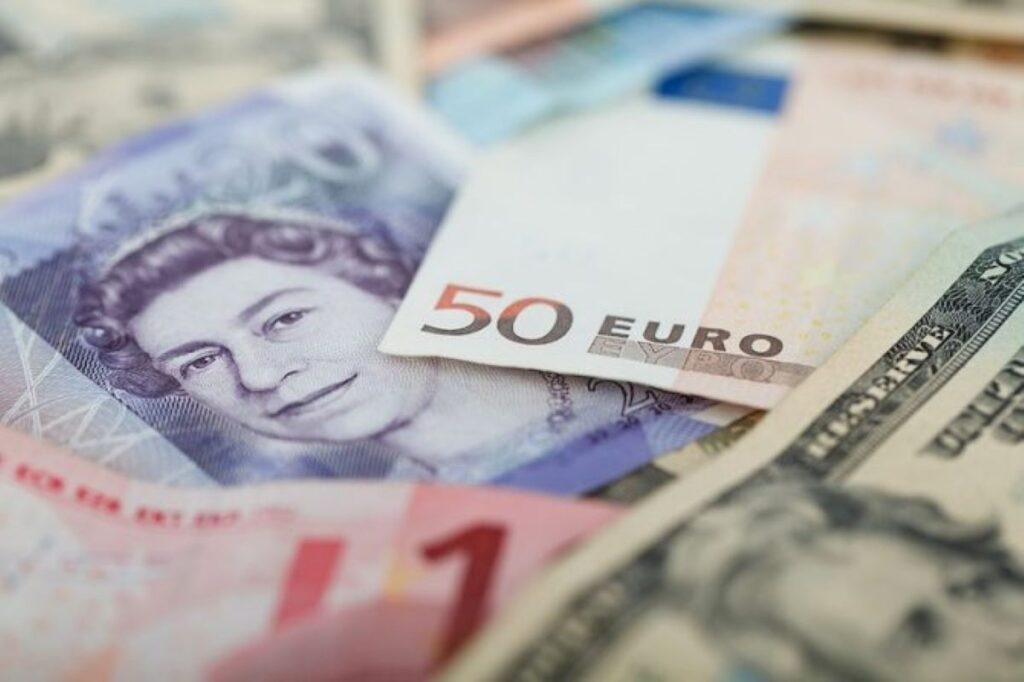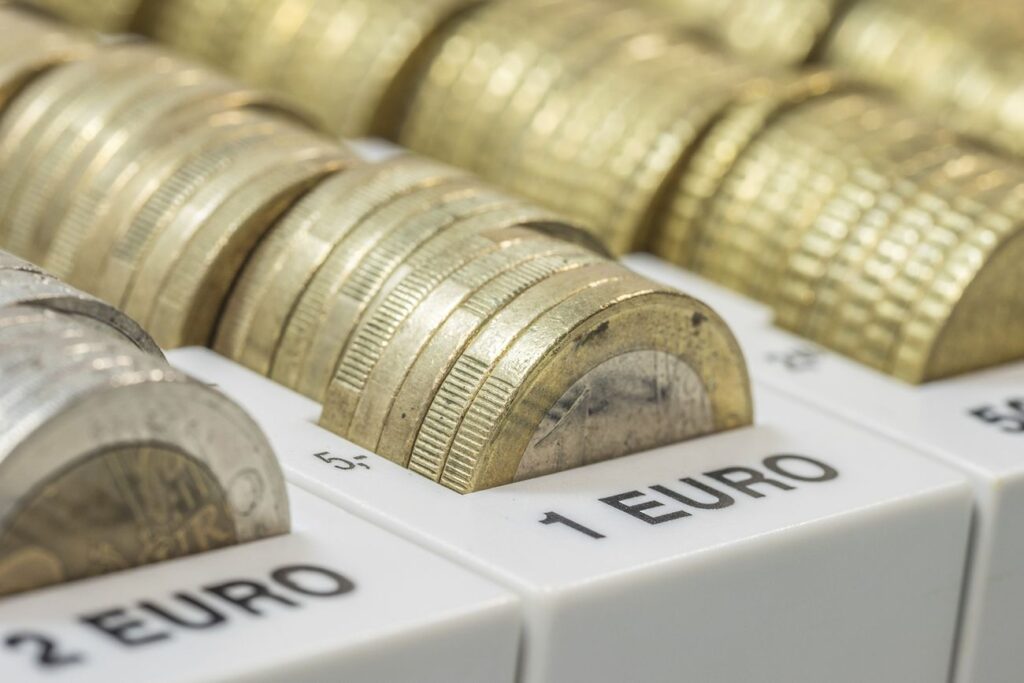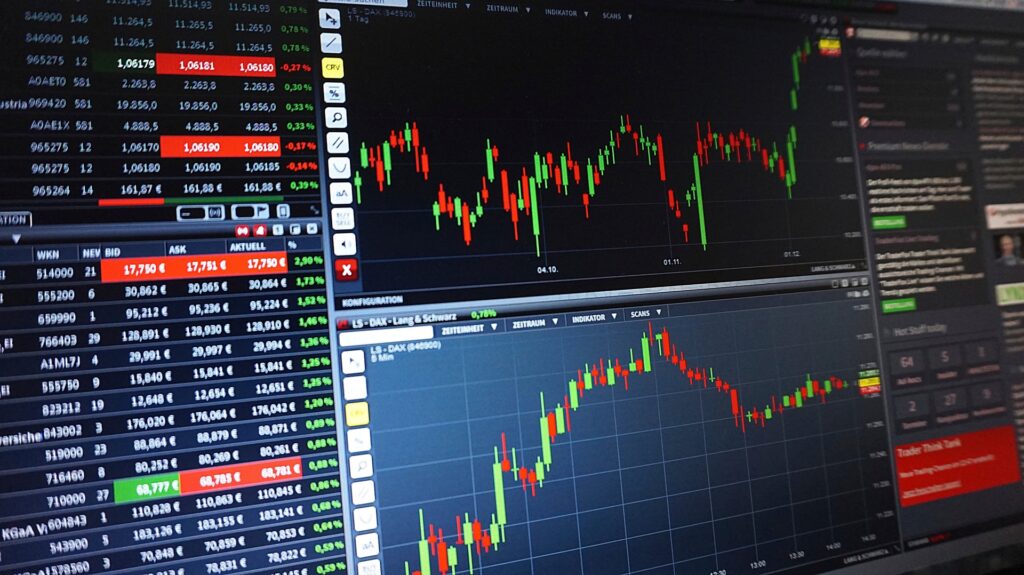Post-pandemic euro zone inflation was at its highest in October 2022, as it shot up to 10.6%. However, the economic storm seems to end, as Eurostat LGSE reported a 3-year inflation low of 2.2% in August. With this flash update in the euro zone news, economic analysts earnestly anticipate the announcement of another rate cut in September.

A Reuters poll had initially predicted the downward trend of euro zone inflation. Similar to the economic poll, economists equally predicted that inflation would slump from its 2.6% figure. Just like the headline rate of euro zone inflation, the core rate also fell to 2.8% in August from 2.9% in July.
While the fall rate has eased, the euro continues to slide against the sterling after the euro zone inflation decline report. A euro still trades at 0.8408 pounds sterling. However, in comparison to the US dollar, the euro climbed 0.04%, trading at 1.1083 USD. It is suggested that the US economy and its investors are buckling up for the impending rate cut by its Federal Reserve in September.
How Sharp Fall in Energy Costs Influenced Eurozone Inflation Rate
The decline of euro zone inflation has been attributed to the significant drop in prices of goods and services. Germany, the region’s largest economy, is said to be the driving force behind the inflation drop. Indeed, economists project that the euro zone inflation will likely remain below 2.5% for the rest of the year, thanks to sticky prices.

The European Central Bank (ECB) effected its first rate cut since 2019 in June, lowering interest rates by 25 basis points. This September, the apex bank is expected to strike out 25 more basis points, yet another before the year ends. In the face of all these cuts, the only apprehension that ECB policymakers may have is the unbudging services inflation. In the past 11 months, despite drops in energy prices and other headline metrics, services inflation continues to linger around 4%.
ALSO READ: Global Bond Traders Look for Protection Against Inflation Risks
What Is the Inflation Rate in the Euro Zone?
Despite countries like Czechia reporting inflation rates as high as 7.6% in 2023, the eurozone continues to hold strong. The resilience of the euro zone economy can be attributed to the performance of its top economies.

In July, inflation in Europe 2024 rose to 2.6% from 2.5% in June. So, it was a real breather when Eurostat reported a decline in the annual inflation rate to 2.2% in August. The ECB’s inflation rate target remains 2.0%, and that may be attainable with more cuts.
Energy costs in the euro zone went from 1.2% in July to -3% in August, the prime reason for inflation’s sharp decline. Interestingly, inflation on services went up from 4.0% to 4.2%.
What Is the Euro Core Inflation Rate?
The core inflation rate is an inflation metric usually determined by assessing the harmonized index of consumer prices (HICP) year-on-year in each euro zone country and aggregating it. This largely involves considering consumer spending patterns. After aggregating the HICP of all the euro zone economies, some headline items like alcohol, food, and tobacco are eliminated to obtain the core inflation rate.

The euro zone core inflation rate remained steady at 3.00% in August, the same as in July. This core inflation rate is an incredible improvement from the 7.40% of 2023. However, it used to be way better, as the long-term average of core inflation rate is 1.96%.
Eurozone Headline Inflation Falls to Lowest Level Since July 2021
A quick look at a eurozone inflation chart reveals that the eurozone inflation rate in 2023 lingered around 4.3%, particularly in September. Since then, serious fiscal reforms have helped the region slowly attenuate the biting impact of price spikes.
So, the 2.2% figure reported in August was the lowest euro zone headline inflation has been in the past three years. Indeed, the last time the inflation rate was this low was July 2021.
ALSO READ: Small Business Inflation Concerns Resurge as Confidence in the Fed Declines
What Is the Euro Area CPI Today?
The Euro zone CPI for August was pegged at 126.74 points, an increase from 126.54 points in July. Eurozone inflation forecasts project that the Euro area CPI will climb to 127.04 points by the end of Q3. Also, long-term estimates suggest a CPI of 128.81 points in 2025 and 131.51 points in 2026.

However, as the inflation rate lightens in the euro zone, economists are keeping an eye on negotiated wages. Despite Q2 drops in negotiated wages, economic analysts suggest a further decline in the euro zone-wide pay scale is imminent.
You Might Also Like:
20,000 AT&T Workers Quit, Demanding Fair Contracts
Kohl’s Focuses on Cost Controls and Leaner Inventories to Boost Profit Targets
Starbucks Rushes to Win Back Customers Amid Falling Sales
Why Gold Has Been Outperforming Most Other Assets This Year
Volkswagen China Spends a Lot of Time With Xpeng To Develop New EVs

